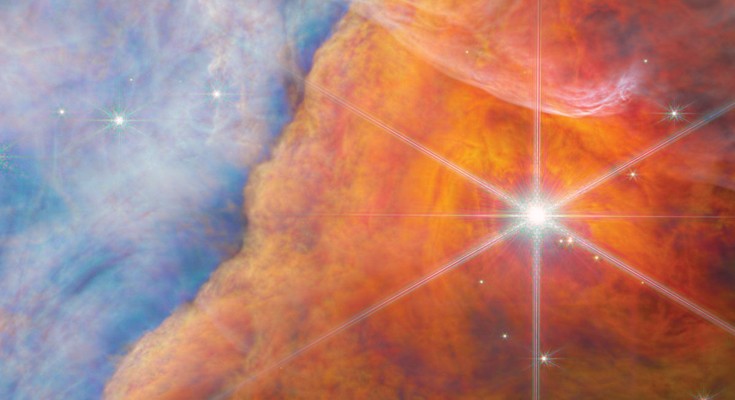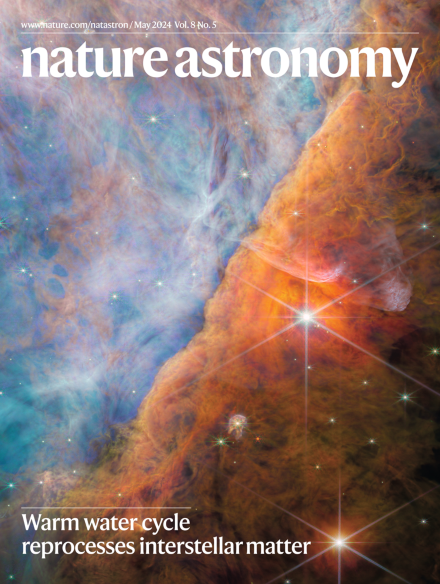
Our May issue is now available to read!
In the May issue, we present two papers looking at water in protoplanetary disks, two papers studying different aspects of the same magnetar, and a wide range of other research.

In the May issue, we present two papers looking at water in protoplanetary disks, two papers studying different aspects of the same magnetar, and a wide range of other research.


Although ongoing volcanic activity on Venus has been hypothesized, directly detecting active lava flows is challenging. Now, an analysis of Magellan radar images of Venus acquired at different times provides indications of ongoing volcanic activity in two distinct areas. This evidence also suggests a planet more volcanically active than previously thought.